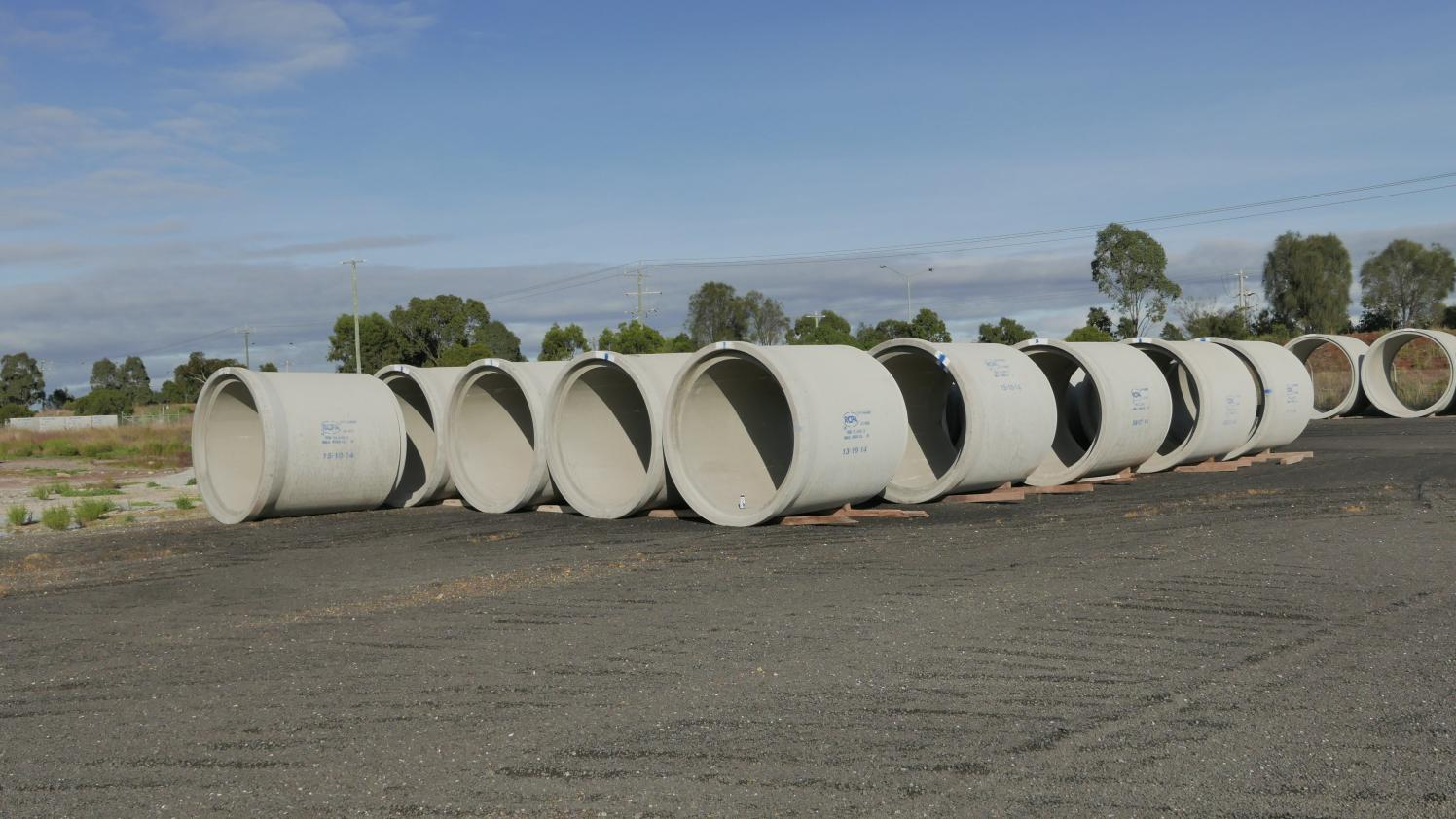- Afrikaans
- Albanian
- Amharic
- Arabic
- Armenian
- Azerbaijani
- Basque
- Belarusian
- Bengali
- Bosnian
- Bulgarian
- Catalan
- Cebuano
- China
- China (Taiwan)
- Corsican
- Croatian
- Czech
- Danish
- Dutch
- English
- Esperanto
- Estonian
- Finnish
- French
- Frisian
- Galician
- Georgian
- German
- Greek
- Gujarati
- Haitian Creole
- hausa
- hawaiian
- Hebrew
- Hindi
- Miao
- Hungarian
- Icelandic
- igbo
- Indonesian
- irish
- Italian
- Japanese
- Javanese
- Kannada
- kazakh
- Khmer
- Rwandese
- Korean
- Kurdish
- Kyrgyz
- Lao
- Latin
- Latvian
- Lithuanian
- Luxembourgish
- Macedonian
- Malgashi
- Malay
- Malayalam
- Maltese
- Maori
- Marathi
- Mongolian
- Myanmar
- Nepali
- Norwegian
- Norwegian
- Occitan
- Pashto
- Persian
- Polish
- Portuguese
- Punjabi
- Romanian
- Russian
- Samoan
- Scottish Gaelic
- Serbian
- Sesotho
- Shona
- Sindhi
- Sinhala
- Slovak
- Slovenian
- Somali
- Spanish
- Sundanese
- Swahili
- Swedish
- Tagalog
- Tajik
- Tamil
- Tatar
- Telugu
- Thai
- Turkish
- Turkmen
- Ukrainian
- Urdu
- Uighur
- Uzbek
- Vietnamese
- Welsh
- Bantu
- Yiddish
- Yoruba
- Zulu
Aug . 07, 2024 19:10 Back to list
Top Shell Molding Casting Manufacturers and Their Innovative Techniques for High-Quality Products
Shell Molding Casting A Comprehensive Overview
Shell molding casting is a highly effective method of producing metal parts, known for its ability to create intricate and high-precision components with a smooth finish. This process has gained popularity among manufacturers worldwide due to its numerous advantages and applications across various industries. In this article, we will explore the fundamentals of shell molding casting, its benefits, and the leading manufacturers specializing in this innovative technique.
What is Shell Molding Casting?
Shell molding casting involves the use of a thin shell of sand bonded with a thermosetting resin to create a mold. This process begins with the production of a pattern, typically made of metal, which is heated. Fine silica sand mixed with a resin is then applied to the heated pattern. As the sand comes into contact with the hot surface, it hardens and forms a rigid shell. Once the shell has been cured, it is removed from the pattern, and the two halves of the mold are assembled to create a cavity for pouring molten metal.
Benefits of Shell Molding Casting
1. High Precision and Surface Finish One of the standout features of shell molding is its ability to produce parts with exceptional tolerances and surface finishes. This is critical for industries that require precise dimensions and smooth surfaces, such as aerospace and automotive sectors.
2. Complex Geometries The process allows for the creation of complex shapes that would be difficult to achieve with other casting techniques. This versatility enables designers and engineers to innovate without being limited by manufacturing constraints.
3. Efficiency Shell molding casting can be a more efficient process than traditional sand casting. The quick curing time of the resin means that production times can be significantly shortened, allowing manufacturers to meet demanding schedules and reduce lead times.
shell molding casting manufacturers

4. Material Variety This casting method can be used with various metals, including aluminum, iron, and steel, making it suitable for a wide range of applications from intricate components to large, structural parts.
5. Reduced Waste The shell molding process generates less scrap material compared to other casting methods, contributing to a more sustainable manufacturing process. The ability to reuse the mold also aids in minimizing waste.
Leading Manufacturers
As the demand for high-quality castings continues to rise, numerous manufacturers have established themselves as leaders in shell molding casting. Companies like Foundry Solutions & Design, Grede Holdings, and Cramaro Tarps have invested significantly in shell molding technology, enhancing their production capabilities and broadening their service offerings.
Many of these manufacturers are committed to innovation and often employ advanced techniques and materials to improve efficiency and product quality. They ensure that their facilities are equipped with the latest technology to meet the diverse needs of their clients, from prototyping to mass production.
Conclusion
Shell molding casting represents a valuable option in the landscape of manufacturing processes, distinguished by its precision, efficiency, and versatility. As industries continue to evolve and demand for high-quality components escalates, shell molding casting will undoubtedly play a crucial role in shaping the future of manufacturing. With leading manufacturers pushing the envelope in terms of technology and production techniques, the potential for shell molding casting remains vast and promising. Industries looking to enhance their production capabilities would do well to consider the benefits that this innovative casting method can offer.
-
8mm Thin-Walled Cast Steel Manhole Cover Pallet Bottom Ring | Durable
NewsAug.04,2025
-
Premium Cast Iron Water Main Pipe: Durable, Corrosion-Resistant
NewsAug.03,2025
-
Durable Cast Iron Water Mains | AI-Optimized Systems
NewsAug.02,2025
-
High-Efficiency Propane Boiler for Baseboard Heat | Save Energy
NewsAug.01,2025
-
Premium Source Suppliers for Various Gray Iron Castings
NewsJul.31,2025
-
Durable Cast Iron Water Main Pipes | Long-Lasting
NewsJul.31,2025


